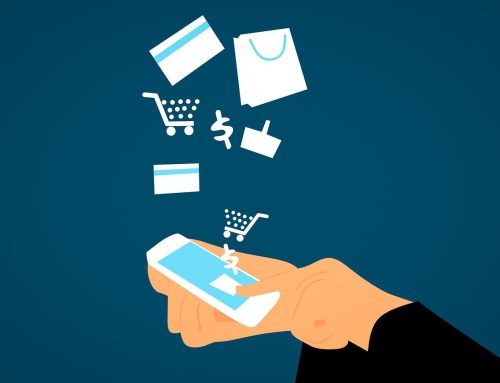 Facebook has made another step that follows in the footsteps of Twitter and Instagram. After recently implementing hashtags that organize statuses for discovery outside of a page, Facebook has now made their posts embeddable.
Facebook has made another step that follows in the footsteps of Twitter and Instagram. After recently implementing hashtags that organize statuses for discovery outside of a page, Facebook has now made their posts embeddable.
What exactly does this mean?
If you have a website or blog, you can now link to Facebook posts, pictures, videos and other content, and the Facebook content will be connected with your site. In the past, there were ways to embed Facebook posts to your site, but they were messy and typically involved using a third-party tool.
By making this important update, Facebook makes it monumentally easier for a broad range of users to embed posts, since the feature will be built into Facebook – eliminating the need for these third party tools. While this feature is great for bloggers and site-owners, it will also help increase Facebook’s traffic as well!
Right now, there are only a handful of sites allowed to use the Facebook embed feature. These include Mashable, People, Huffington Post, CNN and Bleacher Report. But Facebook plans to roll the feature out for everyone sometime soon. This feature could be extremely beneficial for businesses that want to create a web presence or who want to simplify their Internet marketing campaigns.
How It Works
Once the feature is enabled for every Facebook user, there will be an “Embed Post” category from the menu. This category will be listed where the “Report/Mark as Spam” currently is right now. After you click on the “Embed Post” link, you’ll be able to copy and paste a piece of code which you can put directly onto your website.
The string of code will embed the post directly to your website, and it will look exactly as it appears on Facebook. If you want more of an explanation, CNN explains the feature using some pictures.
Another perk is that once the post is embedded, users can comment, like, and find hashtagged content just like they would inside the actual Facebook platform. This offers a number of benefits for companies in terms of increased engagement and efficiency of their websites:
- Everything will be connected. By connecting your social media account and your website, everything can be in one place. It may make it easier for visitors to navigate, follow conversations and engage with content, because they won’t have to go back and forth between two places. Your website will appear modernized and efficient to your users!
- You’ll have more opportunities to be “heard.” If you have content embedded in multiple places, more people can see your conversations. For instance, a fellow blogger may never have seen the conversations sparked by your Facebook posts, but now they can and may even begin participating as well.
- You can develop a wider audience range. While it may be uncommon, there are people without social media accounts. So in the past, users who only visited your website could never see your Facebook posts if they didn’t have an account. And users who only “liked” you on Facebook may never have visited your actual website or blog. The embed feature clearly changes this and enhances the user experience for every type of visitor.
Make Sure It’s Public
The only drawback to the new embed feature – which shouldn’t affect most businesses – is that the post you want to embed has to be public.
For most businesses, your page is probably already public; however, if you have a mixture of public and private posts – posts only “friends” can see – you might want to consider making all of your posts public.
This will allow you to embed anything you post on Facebook to your website, which may attract an even larger pool of users.
Exciting Ways You Can Use the Feature
Facebook’s embed feature is offering exciting possibilities from the beginning; although, in time, users will be able to find even more creative ways to link their website and Facebook account!
Once the embed feature is rolled out for everyone, here are some ways you can use it:
- Put out better content. If you allow your content to be embedded, it’ll be more likely that newsmakers, such as journalists and bloggers, will come to you looking for fresh content. This should be an incentive for all business, since high-quality content can lead to new opportunities for publicity!
- Increase publicity for contests and promotions. If you frequently hold contests on Facebook to engage with users, embedding these contest posts onto your website can help even more visitors see it! This may increase involvement, and since users can still “like” and comment on the post when it’s embedded, it will be a great way to generate conversation and excitement about the contest or promotion.
- Spark quality commentary. Since Facebook also recently introduced their “hashtags,” the new embed feature will help Facebook become a place for news and commentary, especially since it will be easier than ever for users to participate in conversations on posts.
Overall, Facebook’s embed feature can improve the connection between your social media account and your website or blog. You can enhance your users’ experiences, while simplifying them at the same time.
The feature should also encourage you to begin releasing better, high-quality content. Newsmakers will probably begin publishing more on Facebook because of the feature, in hopes that their content will be embedded and increase their influence.
This tactic can help your business’s Facebook page in the same way. You’re not the only one who can embed your Facebook posts; try encouraging your customers and visitors to embed your posts and photos on their own sites or blogs. The possibilities are endless, so keep your eyes peeled for the moment Facebook releases the embed tool to everyone and give it a whirl!





